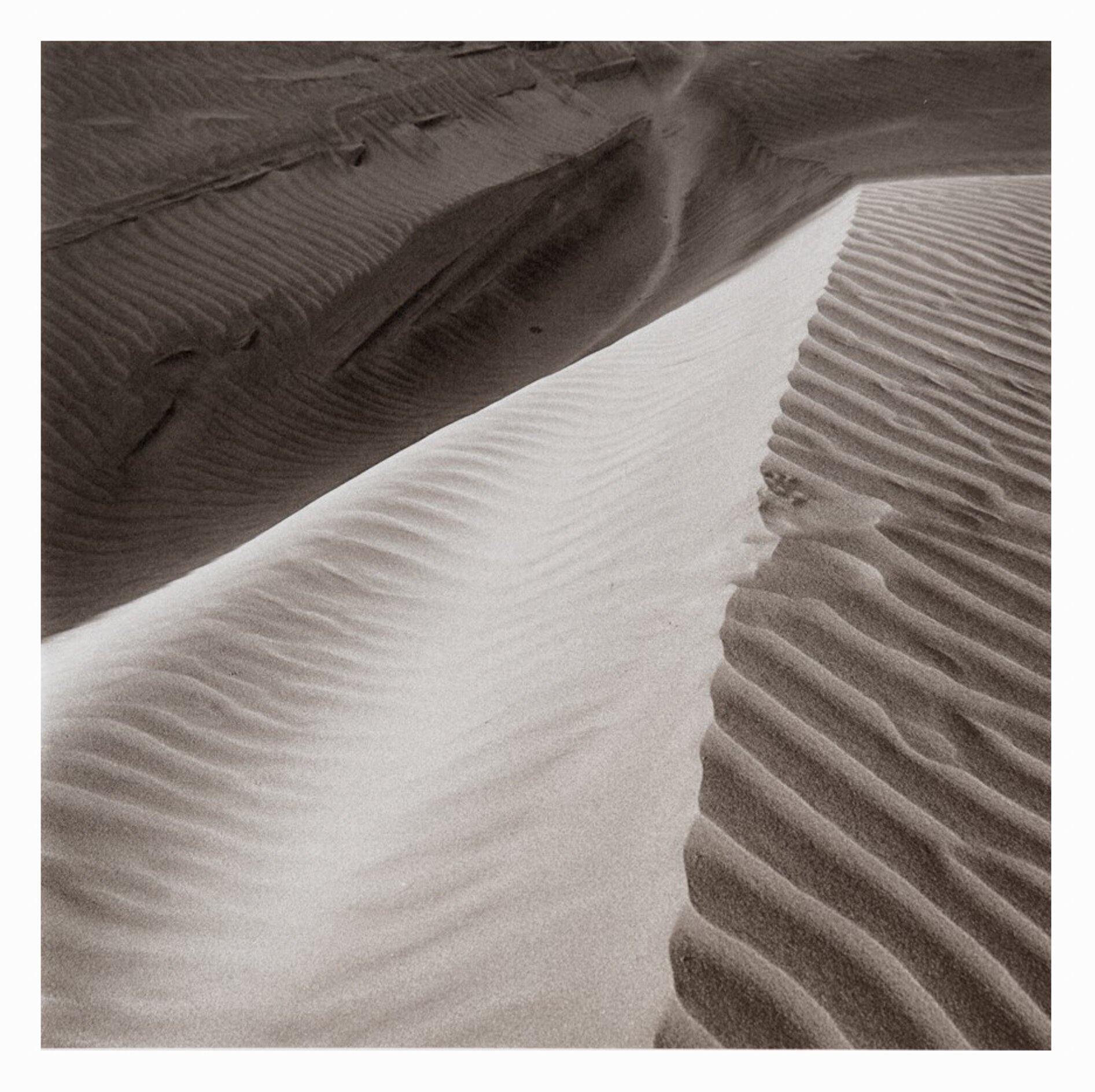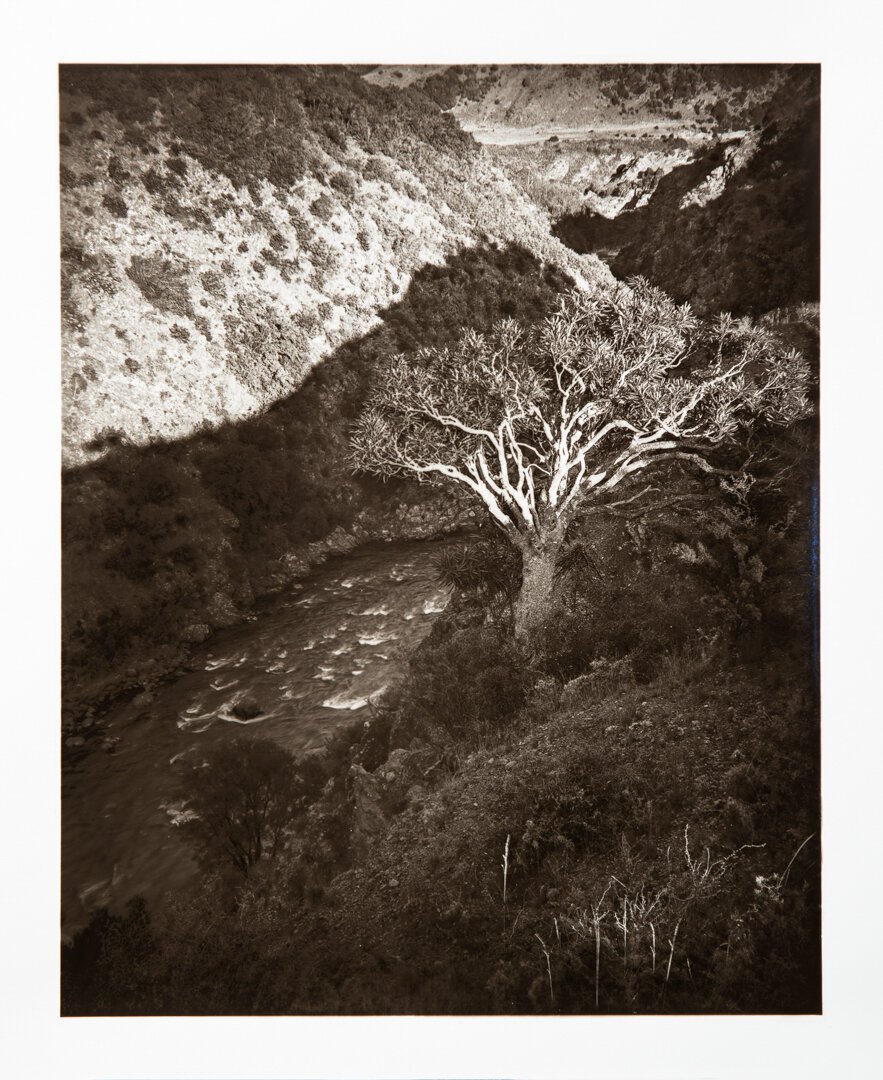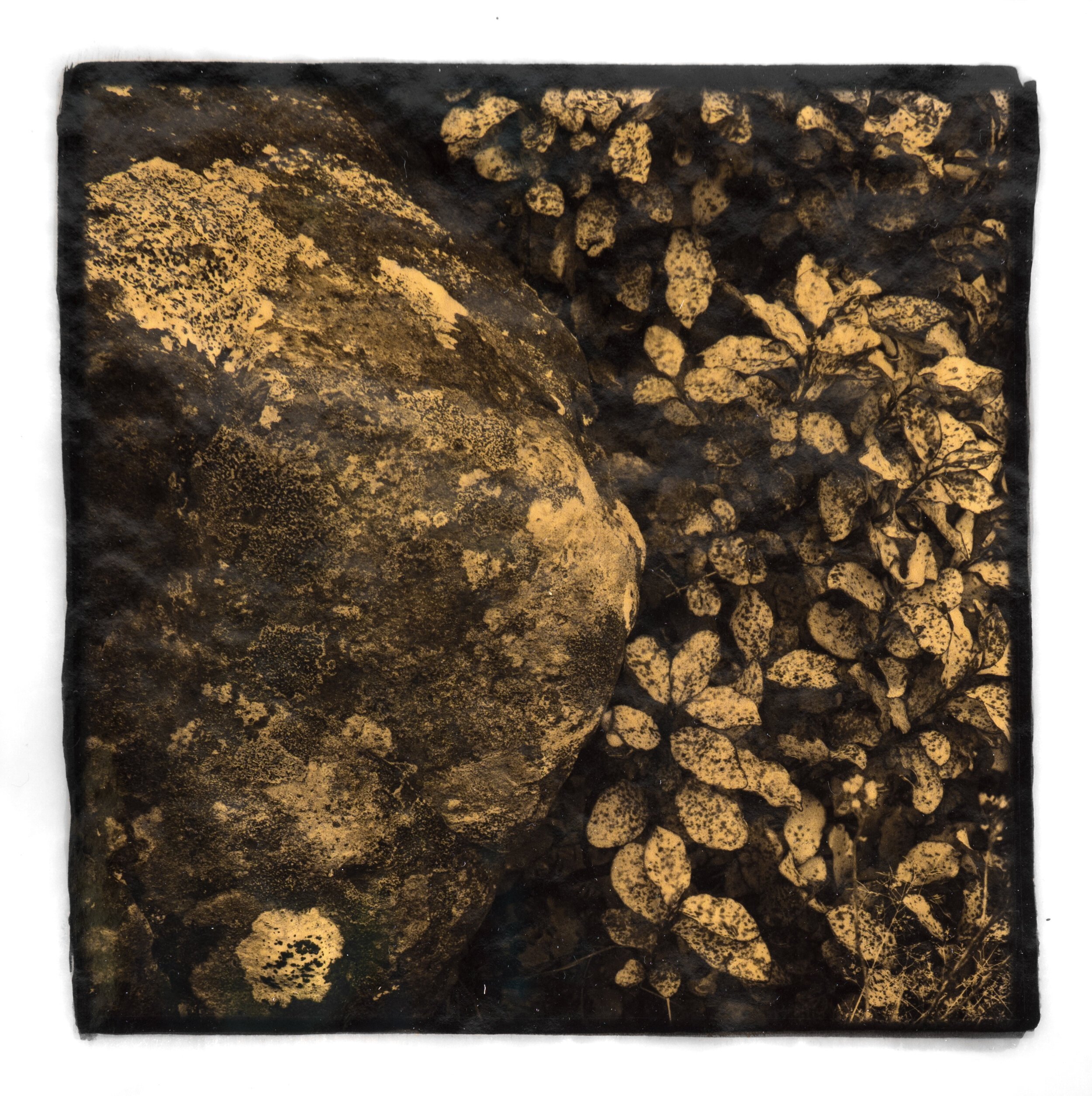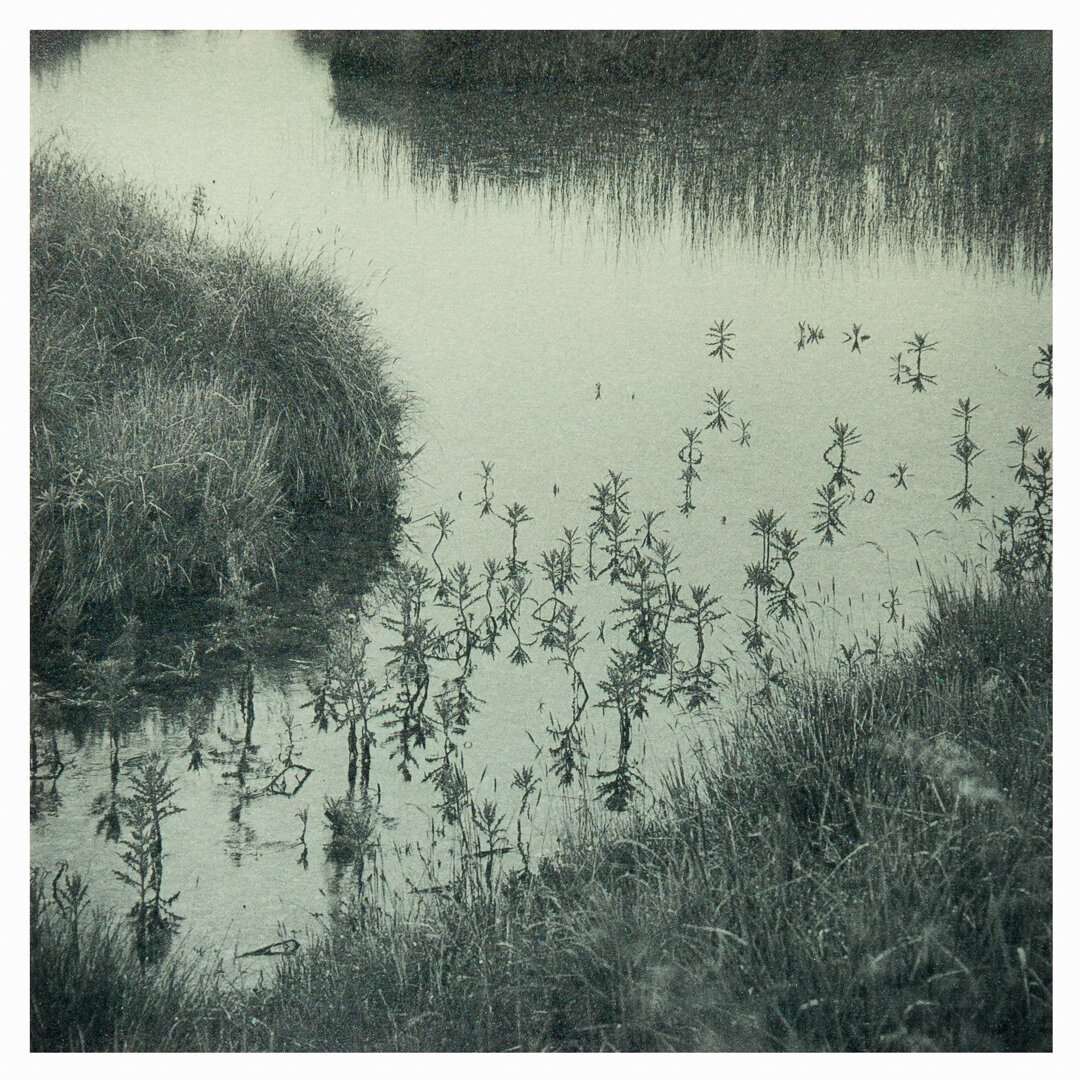Featured Photographer: Stuart Clook's Precious Landscapes
When Stuart Clook first took up photography twenty years ago it was primarily as an aide-memoire, a document of the places he would explore while tramping (or backpacking, to us non-Kiwis) and fishing in the remote wilderness of New Zealand's South Island. The stunning natural beauty of New Zealand, with its varied terrain and lush fauna, makes for an irresistible muse. This untamed landscape inspired Stuart to delve deep into both the technical and creative sides of photography while still indulging in his passion for the outdoors.
He began to experiment with different methods of printmaking which led him to his first experiments in historical processes seven years ago, beginning with kallitype and expanding to platinum, cyanotype, and gum bichromate. The use of these historic processes gives his work an extra level of other-worldliness. The subtle tonality of platinum and the soft painterliness of gum accentuate the tranquil mood of the images. In his printing, we find the influences of 19th-century gum master Robert Demachy as well as the early pictorialist work of 20th-century stalwarts Edward Steichen and Alfred Steiglitz. He shares, “This has influenced my work a great deal and I particularly enjoy the platinum and gum bichromate process when I can express my thoughts and feelings by the choice and tones of the colour I use in the gum.”
When out in the field he brings along his Bronica S2, a sturdy tank of a medium format, or a Chamonix 4x5 camera. Like most photographers working with contact printing methods nowadays (the author included), Stuart produces enlarged digital negatives that are carefully calibrated to match the range and contrast of his chosen printing process, a best-of-both-worlds hybrid of analog and digital technologies. But printing in these 19th-century processes allows the artist's hand to influence the image, be it the presence of brush strokes around the edge of the frame or the time-consuming process of layering multiple exposures of gum bichromate to give the image depth and color. He states, “I love the mix of science and hands-on crafting a print over several days if not weeks.”
Largely self-taught, Stuart seems to have an innate instinct for isolating elements in the vast landscape into graphic statements that can sometimes border on abstraction. A consistent visual component to his compositions is that the perspective is often narrowed down to a flattened plane, which brings to mind the the similar graphic arrangement of space found in Japanese woodblock art, such as from the Ukiyo-e master Hiroshige, rather than the broad, expansive perspective generally found in the Western landscape tradition. There is a straightforward simplicity in his compositions, with no element feeling extraneous or jarring, which adds to the sense of serenity I find in his work.
Stuart's photographs transport us to these places of natural wonder where we find ourselves inclined to whisper, lest we disturb the hushed tranquility of the rocks and the trees. The imagery is quiet; peaceful to the point of meditative. If you lose yourself enough in the image, you might begin to hear the rhythm of the waves on the sand or the wind rustling through the brush. Here we find a respite from the chaos of modern-day life, a place to exhale and relax, for both the artist and the viewer. “This work is contemplative, a time for quiet and a means of escape from today's hectic world which is why I enjoy my photography and printmaking so much.”
GALLERY
ABOUT THE ARTIST
Stuart Clook is a self-taught landscape photographer and printmaker, working almost exclusively with medium and large format cameras. Stuart’s goal is to inspire those who see his work to look more carefully at the world around them and to discover the beauty and sublime in familiar and lesser known places around us.
Stuart’s landscape photography and print making are influenced by the Pictorial and Tonalist painting movements of the late 19th century where he uses analogue and alternative photographic processes to help him express his thoughts and feelings about the landscape that we live, work and play in.
The photographic printing processes of platinum, carbon, cyanotype and gum bichromate are renowned for their subtle tonal range, luminosity, and inherent permanence and are labour and time-intensive yet rewarding and addictive. Using these processes with contemporary materials and tools help Stuart make his prints in a uniquely personal way where he can enjoy using his hands in today’s digital and machine centric world.
He lives on the east coast of New Zealand’s South Island. Connect with Stuart Clook on his Website and Instagram!
ABOUT THE AUTHOR
Niniane Kelley is a fine art photographer living and working in San Francisco and Lake County, California. A native of the Bay Area, she is a San Jose State University graduate, earning a BFA in Photography in 2008.
Drawn to photography for both the immediacy of the image making process and the intrinsic alchemy of the darkroom ritual, she crafts the majority of her imagery using traditional 19th century processes which give each piece its own unique character.
She teaches workshops in the Bay Area and surrounding environs. She most recently worked as a photographer and manager at San Francisco’s tintype portrait studio, Photobooth.
Connect with Niniane Kelley on her Website and on Instagram!






























Analog Forever Magazine Edition 11 includes interviews with Robert Stivers, Chad Coombs, Binh Danh, and Susan Goldstein, accompanied by portfolio features of Amisha Kashyap, Vaune Trachtman, Montenez Lowery, Kayhan Jafar-Shaghaghi, Blake Burton, Michael Stenta, William Mark Sommer, and Beihua Guo.